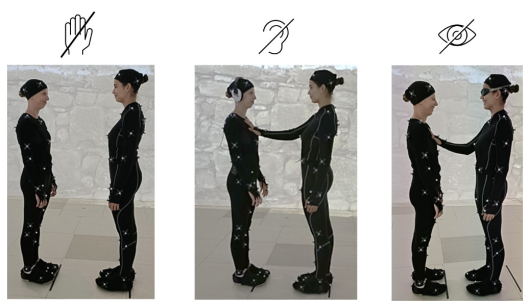Research Project Doctoral Candidate 12
State estimation and dealing with noise and uncertainty
Fellow
Host Institution
University of Bern, Department of Movement and Exercise Science
Supervisor
Project description
Aging is associated with increased sensory and motor noise, requiring older adults to manage everyday tasks—such as walking to the bus station—under greater uncertainty. This becomes particularly challenging when they must adapt to unexpected situations. The aim of this project is to advance our understanding of the mechanisms and strategies older adults use to deal with uncertainty and to develop novel training approaches.
(Planned) Secondment
University of Münster


